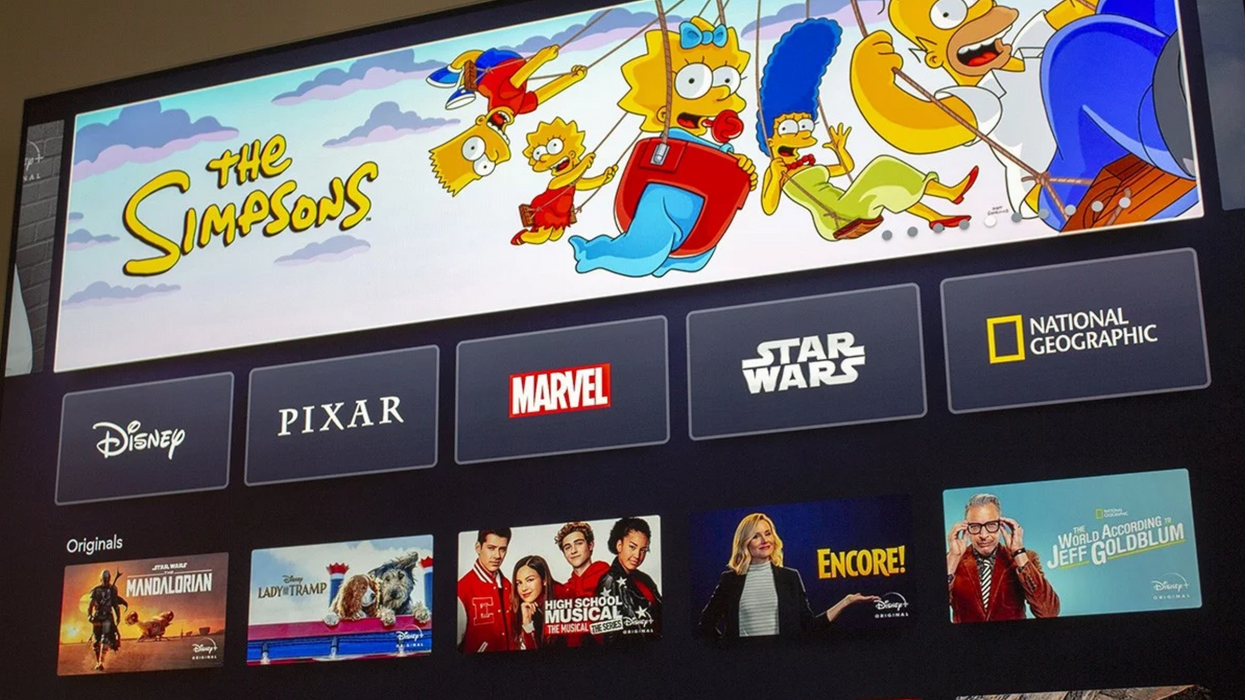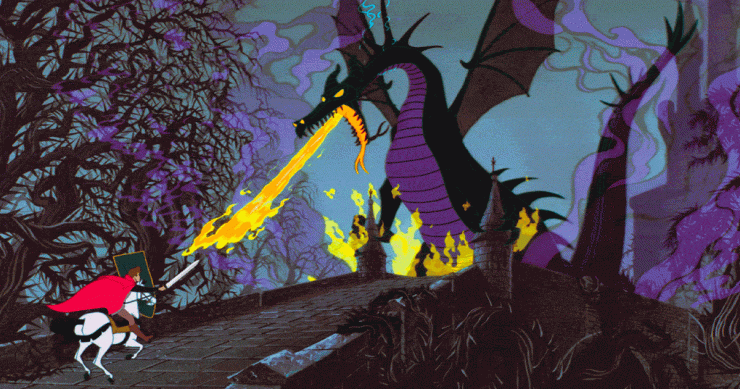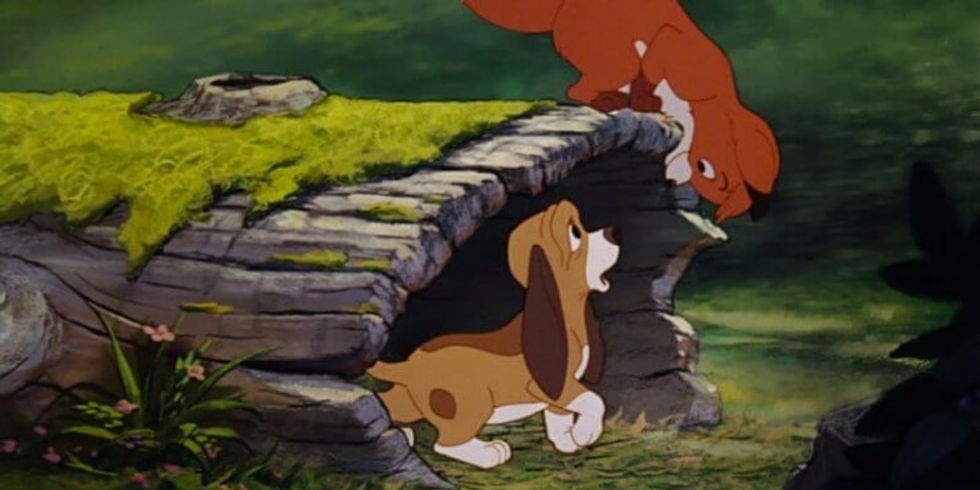A Brief History of Disney's Bizarre Relationship With Aspect Ratios
Disney's allergic reaction to aspect ratios has been a problem long before they rolled out their new streaming service. Here's why it should worry filmmakers.

A minor controversy erupted when Disney+, the company's new direct-to-consumer streaming platform, debuted and (surprise!) the aspect ratio on The Simpsons was messed up, with the boxy original 1.33:1 aspect ratio stretched for widescreen TVs. (This wound up ruining many of the series' best visual gags and rightfully angering Simpsons purists.)
Disney has stated that the original aspect ratios would be available as an option sometime in early 2020 (hopefully along with the commentary tracks, another option that was on the Simpsons World app that, sadly, wasn't ported over) but it also speaks to the company's oftentimes bizarre relationship with aspect ratios.
In the mid-1950's, when Walt was planning on releasing Sleeping Beauty, his return to grand fairy-tale craftsmanship (after the relative failure of Cinderella, released in 1950), he figured one way to do it was to make it big. Like really big. Television was taking hold in America, a phenomenon that Walt was at least partially responsible for, thanks to his many weekly television series (also his aggressive incentive plans brought color TV to the mainstream, but that's a story for another time). In order to stand out from television, he planned to produce and release Sleeping Beauty in Super Technirama 70 mm. It was also only the second Disney animated film to be produced in anamorphic widescreen, after Lady and the Tramp in 1954.
The Technirama prints were at a 2.20:1 aspect ratio while the 35 mm engagements were 2.35:1. When the film was released on Blu-ray in 2008, the aspect ratio was even wider, with a 2:55:1 aspect ratio that honors the film's state in its original negative.

Disney Messes Around With Your Picture In the '70s and '80s
Throughout the 1970s, Walt Disney Animation was still using the Academy ratio of 1.37:1, but most theaters were projecting widescreen images, so oftentimes the image would be "matted" and a small portion of the top and bottom of the frame would be lobbed off.
Later, Disney Animated films were once again animated in proper widescreen formats (although the exact aspect ratio often varied, thanks to the filmmaker or project). In 1985, the troubled Black Cauldron was released in theaters, originally projected in the Super Technirama 70 mm format, just like Sleeping Beauty. (In truth it was the first Disney animated film to use the format since Sleeping Beauty.)
With this already confusing history of the original animation negative and the theatrical negative, you can understand why things get really choppy when the movies hit home video. For example, The Fox and the Hound -- the furthest thing from a Disney animated classic, but a relatively recent release and one that shouldn't be too hard to replicate on home video -- had a theatrical aspect ratio of 1.75:1 with a negative aspect ratio of 1.37:1. When the film was released on DVD, it maintained the original negative aspect ratio of 1.37:1, but when it made its way to Blu-ray, the aspect ratio became 1.66:1. How or why these decisions were made remains unclear.

Hopefully, there will be some kind of standard that the digital HD transfers will adhere to on Disney+ and, so far, I haven't found any egregious examples of oddball aspect ratios or inappropriate digital "clean-up" that can oftentimes leave the image looking fuzzy and lifeless.
And, truth be told, Disney has taken strides to maintain the integrity of the original image, even for the home video release.
The below eye-opening special feature on the home video release of Pixar's A Bug's Life shows how the animation studio actually went back into the film and painstakingly reframed certain sequences to be maximized for the boxy TVs most of us were watching home video on back then. They would literally go in and place characters in different spots so you would be able to see them, highlight the areas of the frame that would work best for the new version or create additional camera movements that felt more natural than the brusque "pan and scan" approach.
It's absolutely mind-blowing that they would put that much time and effort into something like that, especially since, just a few years after A Bug's Life was released, DVD and, later, Blu-ray formats that would evangelize the importance of the original cinematic aspect ratio. This approach would become the norm for film buffs and casual consumers. And, along with that, widescreen televisions would become the standard for American households. The Pixar film that followed, Toy Story 2, featured no alterations.
What You Can Learn
So, yes, the history of Disney's relationship with aspect ratios is somewhat baffling. But this has always been the case, with both the theatrical and home video releases being cumbersome, confusing affairs that are still hard to fully untangle.
As some of the older, more, er, problematic Disney animated films carry warning about outdated cultural depictions, it should be noted that, along with the unaltered content comes unaltered aspect ratios, maintaining, as best Disney can, the image that the animators and technicians wanted audiences to see.
And that faithful representation could easily be described as magical.












